The Yorkville Enquirer reported on Sept. 4, 1889 – “The mineral spring on Clark Fork Creek is now known as Piedmont Springs. They are making improvements to accommodate the public next summer.”
City Directories and History: Piedmont Springs began as a tourist destination in western York County, advertised in 1823, 102 acres suggested that it had medical healing power. At this time Hugh Cain had the springs for sale and in his add stated there seven suitable cottages-cabins on the site suitable for visitors.

1903 – Train Schedules printed in the Yorkville Enquirer
In in 1903, Paul Gaffney and W.W. Gaffney, purchased land on Clark’s Fork and created the Piedmont Springs Mineral Company. Mr. L. Baker built the Piedmont Hotel, which included a swimming pool, tennis courts, and bowling alley. In 1914 the land was sold once again, to a company that produced ginger ale. In 1918 the main hotel was destroyed by fire. In the 1920’s a Mr. Harris also built another rustic area for parties. In 1935 H.C. Moore deeded the property to Bethel Presbytery and in 1945 they granted 50% interest to the Enoree Presbytery.
The Rock Hill Herald contained an ad on May 13, 1916 – “Offering for lease the Piedmont Springs Hotel, bottling plant, and cottages for one or more years. The hotel has electric lights, sewage service. Contact the White Diamond Thitha Company in Gaffney, S.C.”
The Rock Hill Herald of Aug. 23, 1918 reported received of the burning of the Piedmont Springs Hotel, located in Cherokee. The details have not been learned.
For a while the area was used as a youth camp well into the 1950’s. In 1976 the land was owned by Frank E. Mills from Canada. Little of the old hotel or builds remain.

Postal map of the area from 1896, courtesy of the Un. of N.C. The Allison Plantation was near Clark’s Post Office.
PIEDMONT SPRINGS as written in the Western York County Gazetteer: The healing properties of this spring were evidently known before the white man arrived. In a December 1823 issue of the Yorkville Pioneer we read, “A Plantation . . . containing 102 acres, on which there is a Mineral Springs containing many medical virtues, to what the in-firmed and afflicted have resorted and received signal benefits. At which spring there are seven small buildings, suitable for the comfort of those, who may attend the same. HUGH CAIN.” The springs, located near Canaan Methodist Church at Smyrna remained popular well into the twentieth century.
The healing properties of the mineral springs near Canaan Methodist Church at Smyrna (later known as Piedmont Springs) were realized early in the history of York County. Undoubtedly, prior to the coming of white settlers, the Indians were frequent visitors to the springs for cures and healing. Early in the seventeenth century Hugh Cain owned the springs and had evidently constructed numerous small cabins on the site for its visitors.
In 1823, he advertised the property for sale; “A plantation . . . containing 102 acres, on which there is a Mineral Springs containing many medical virtues, to what the infirmed and afflicted have resorted and received signal benefits. At which spring there are seven small buildings, suitable for the comfort of those, who may attend the same. Hugh Cain.”
According to a journal kept by a woman who lived nearby in the Beersheba Church Community, the springs was visited by many in the mid to late 1800’s, some traveling great distances to enjoy its medicinal virtues. For the local youth, it was a favorite picnic spot.
WHITE FAMILY IMAGES
- White Family Album 1903-05. Images courtesy of the WU Pettus Archives Collection. Photographs taken at the Piedmont Springs Presbyterian Camp. Individuals included in no order: John Reid, Beach, White, Samuel Reid, Johnston Hutchison, ______ Jenkins and _____ Howe.
- Rare view of the Piedmont Springs Hotel entrance.
- View of the Broad River from Buzzards Hill.
- Campers at Cherokee Falls
In 1903, Paul V. Gaffney and W. W. Gaffney purchased two tracts of land from John A. Ware on Clark’s Fork for $3,000. The Gaffneys and four others formed a partnership and petitioned the Secretary of the State in 1905 to establish the Piedmont Springs Mineral Company. L. Baker, a contractor, built the Piedmont Springs Hotel, which contained a bowling alley, tennis courts and swimming pool. In 1914, all the holdings were sold to White Diamond Lithia Springs Company which manufactured ginger ale. Fire destroyed the hotel in 1918.
In the mid 1920’s a Mr. Harris built a rustic hotel which became a center for dances and parties for a number of years. In 1935, H. C. Moore deeded the property to Bethel Presbytery and in 1945 the trustees of the presbytery granted one half interest in the property to the trustees of the Enoree Presbytery. There the Presbyterians operated an orphanage and youth camp for a number of years.
The land in 1976, was owned by a Frank E. Mills, a geologist from Toronto, Canada. Only a few remnants of a by-gone era remain.
Stay Connected
Explore history, houses, and stories across S.C. Your membership provides you with updates on regional topics, information on historic research, preservation, and monthly feature articles. But remember R&R wants to hear from you and assist in preserving your own family genealogy and memorabilia.
Visit the Southern Queries – Forum to receive assistance in answering questions, discuss genealogy, and enjoy exploring preservation topics with other members. Also listed are several history and genealogical researchers for hire.
User comments welcome — post at the bottom of this page.
Please enjoy this structure and all those listed in Roots and Recall. But remember each is private property. So view them from a distance or from a public area such as the sidewalk or public road.
Do you have information to share and preserve? Family, school, church, or other older photos and stories are welcome. Send them digitally through the “Share Your Story” link, so they too might be posted on Roots and Recall.
User comments always welcome - please post at the bottom of this page.
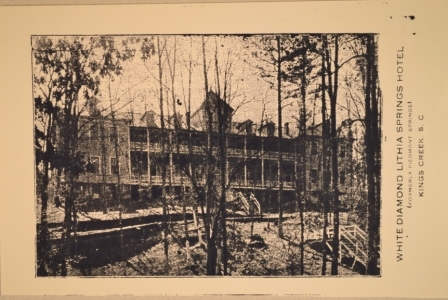


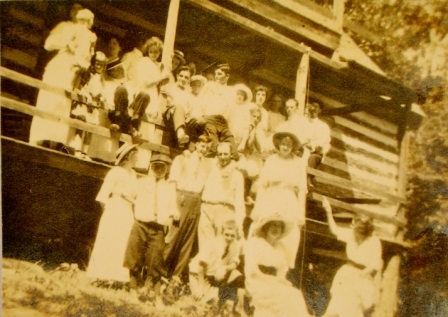


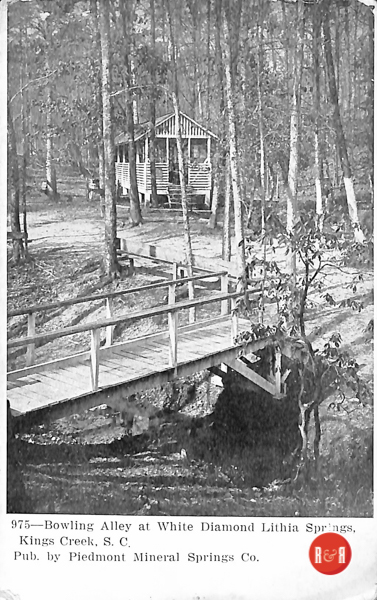

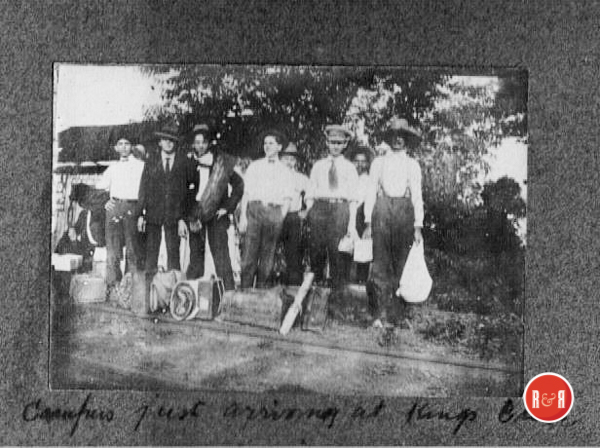
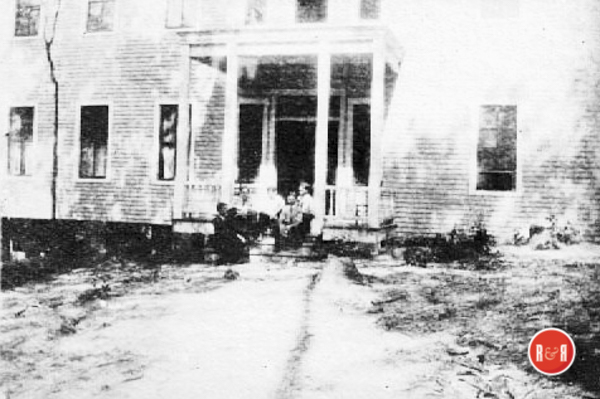




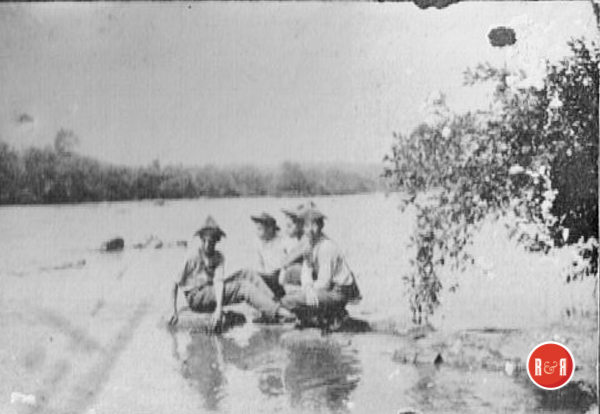





Share Your Comments & Feedback: